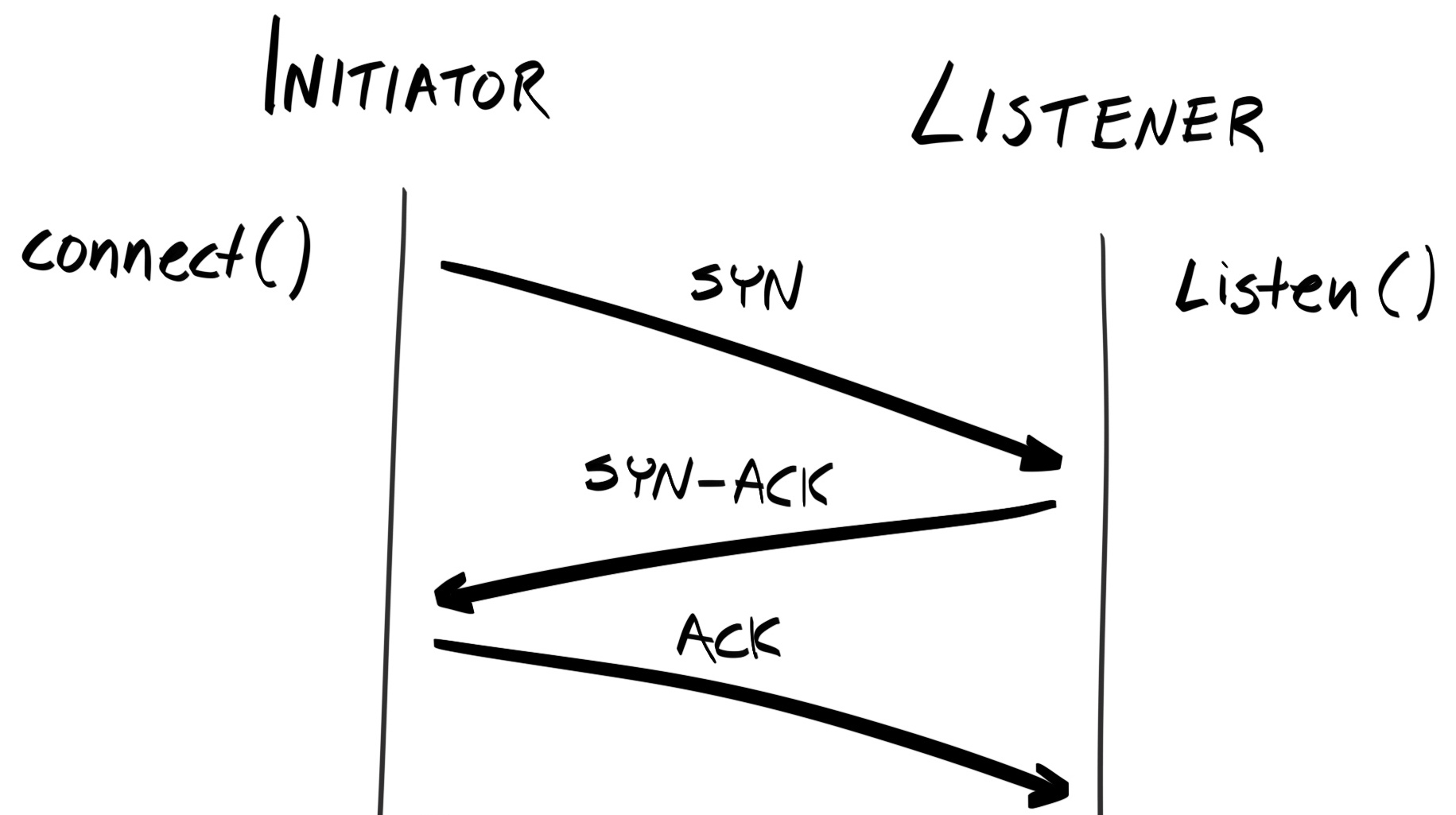However, this problem might be a non-issue once HTTP/2 becomes more widely adopted. With HTTP/1.1, we need to establish separate HTTP and TCP connections for each resource we want to retrieve, even when those resources reside on the same server. Establishing a TCP connection requires a three-way handshake, which is expensive.

With HTTP/2's multiplexing feature, a single TCP connection can be used to make multiple HTTP requests. Furthermore, multiple request and response messages can be sent in-flight simultaneously. Therefore, if HTTP/2 is widely adopted, making multiple requests would not be expensive anymore.
For HTTP/2 to work, it ...

